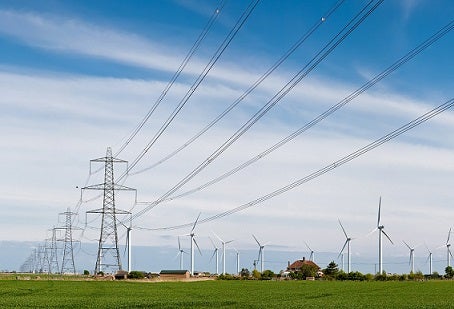 This commentary originally appeared on our Texas Clean Air Matters Blog.
This commentary originally appeared on our Texas Clean Air Matters Blog.
The Texas Comptroller, Susan Combs, recently released the Texas Water Report: Going Deeper for the Solution, which proposes a sort of revolution to solve Texas’ water woes. As Combs notes, Texas is a global energy leader, but the state should be a global water leader too. And her initiative couldn’t come fast enough. Texas, already prone to cycles of drought, is facing new water pressures, including population growth and a changing economy, which only make it harder to preserve our diminishing water supply. To rouse the state’s water recovery plan, the report prioritizes water-saving technological innovations (while stressing the need for conservation) and lauds various Texas cities for water management practices. But the report misses some key elements that are essential to keeping our water flowing. In the same way that new energy technologies have brought us closer to a cleaner, more reliable electric grid, innovations in the water arena can seamlessly reduce our water use and set the state on a sustainable path.
The report says conservation is not enough, and it’s right. However, efficiency is the most significant first step and conservation achieved through technology is a welcome counter to the infrastructure-heavy plans typically heard at the Capitol and in the State Water Plan. (What good is a new reservoir, if there’s no water to put in it?) Some of the technologies evaluated in the report include aquifer storage and recovery, inter-basin transfers, low-water fracking technologies and desalinization – what some call “game changers.” These technologies could potentially relieve our future water woes, but these projects are expensive and don’t alleviate our immediate or even mid-term water stresses. Read More »















